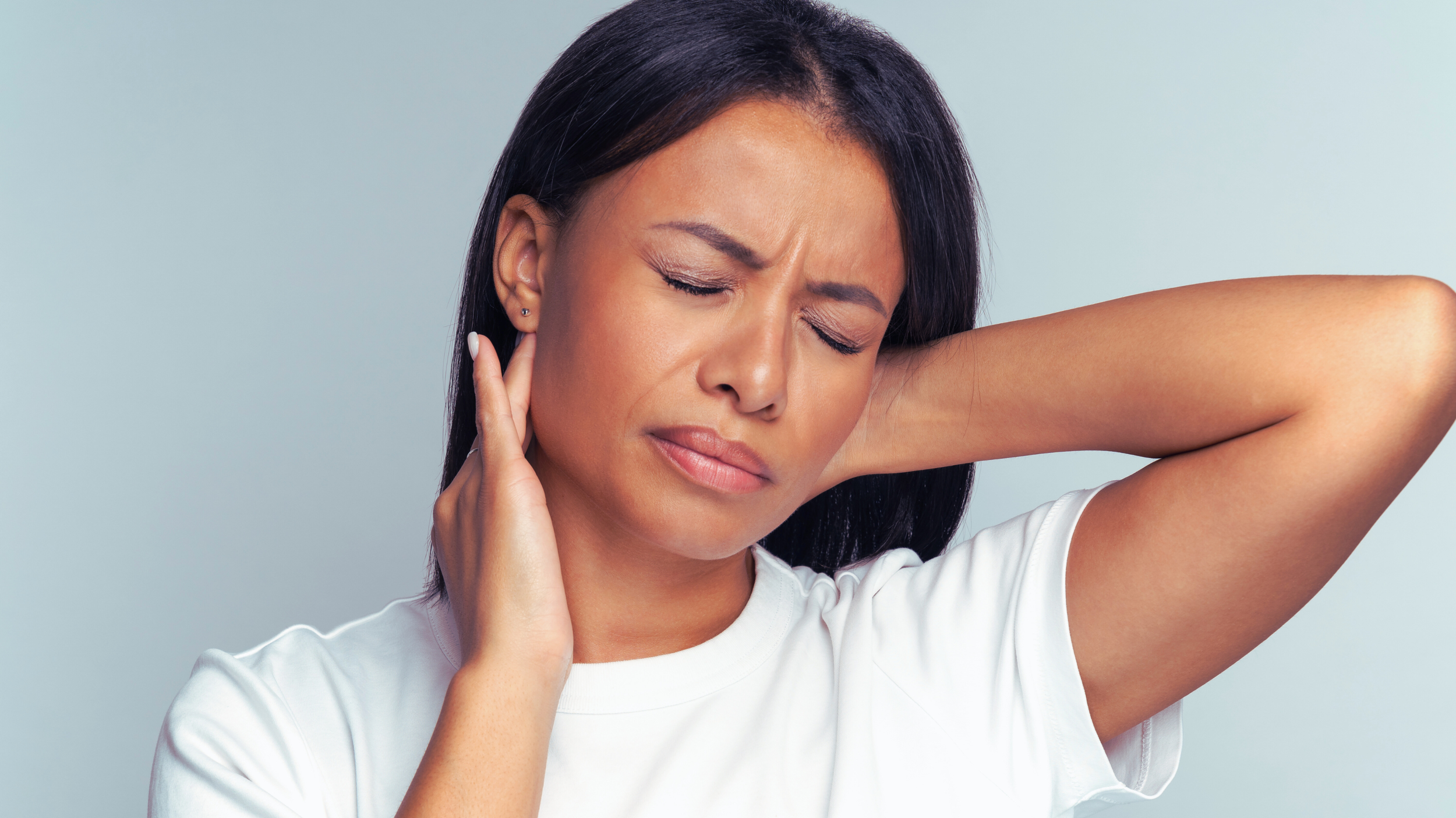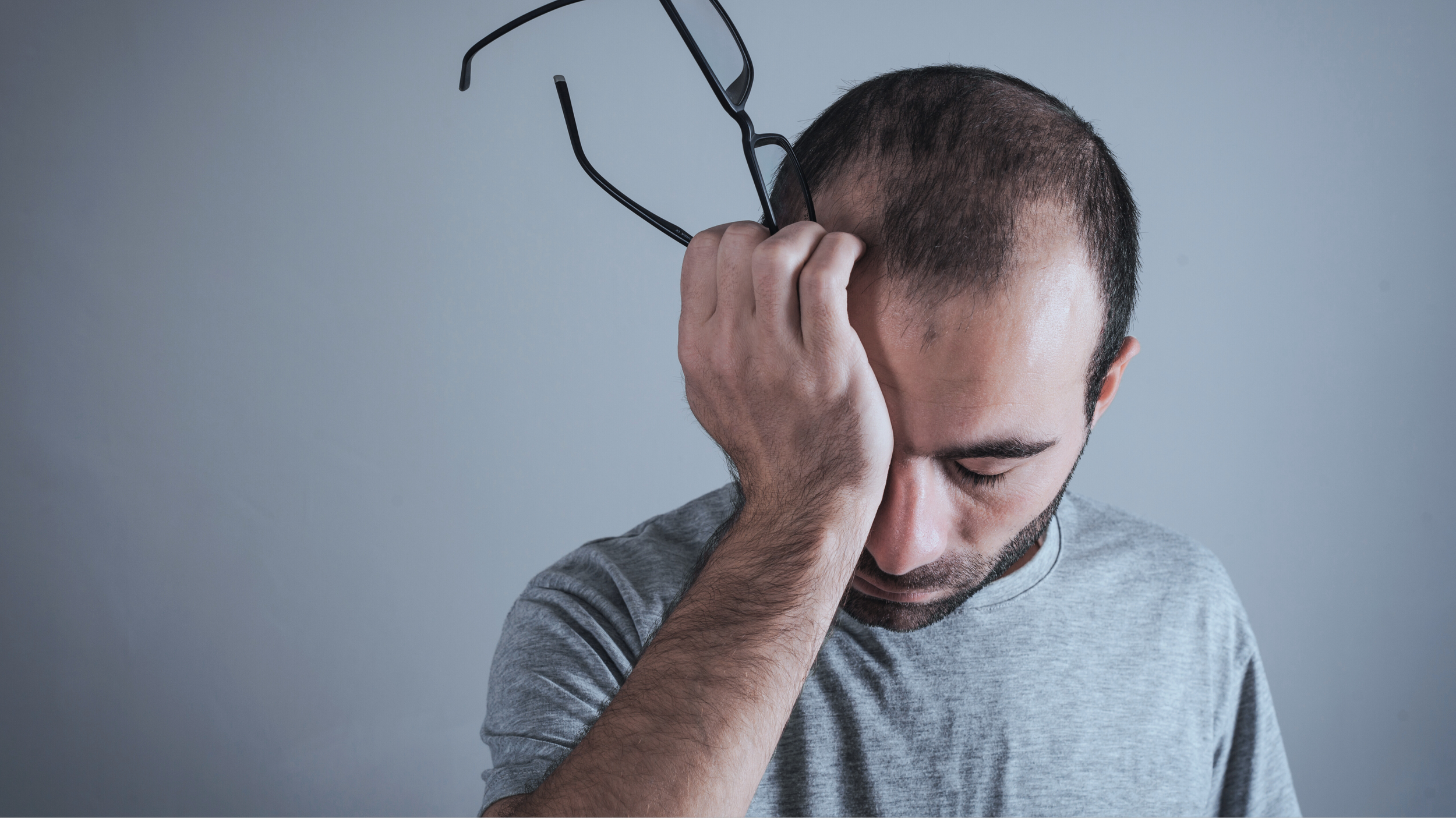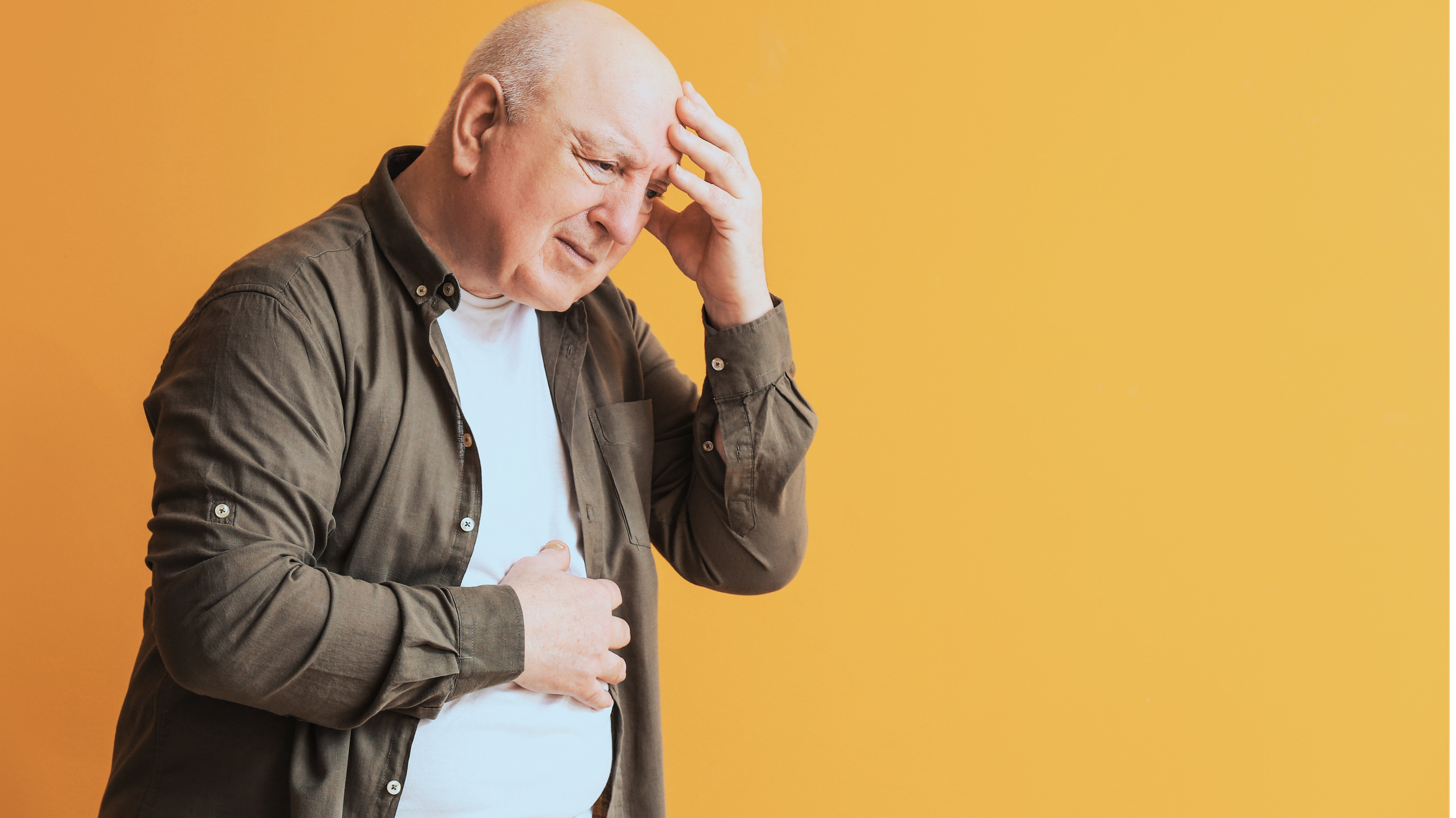
A life free from chronic symptoms is possible.
SHARING THE NEW SCIENCE OF CHRONIC PAIN & ILLNESS
What are Neuroplastic Symptoms?
Chronic pain or illness not explained by disease or injury (or for which treatment is not working as expected) are usually caused by learned neural pathways in the brain. These are called neuroplastic symptoms.
Upcoming Member Events
Learn more from the Self-Assessment Questionnaire.
Pain Science Paradigm Shift
Recovery Stories
Watch as the groundbreaking science of chronic pain (and other symptoms) is explained by scientists who did the research, clinicians who put it into practice, and patients who experienced the life-changing benefits.
Advantages of Membership
As an ATNS Member, you gain access to a growing number of evidence-based resources (live events, courses, and much more) that relieve neuroplastic pain or illness. Your support will also help us educate more people about this life-changing new treatment.

Our Board of Neuroplastic Experts
Has Been Featured In

Knowledge Becomes Healing.
Resources
The Future of Pain.
Skeptical?
People with neuroplastic symptoms often can relate to one or more of the following. These can
change with treatment:
Excessive Self-Criticism
Low Self-Esteem
Neglecting your needs
Reliability, Focusing on Detail
Hard Working
Perfectionism
Unbalanced or toxic relationships
Seeking Approval
Stressful lifestyle
Poor assertiveness
Anxiety
Depression
Traumatic life event(s)
Adversity in Childhood
Neuroplastic Recovery Therapies Research
In patients with back pain for an average of 10 years, pain decreased by 75% after eight one-hour sessions of neuroplastic recovery therapy.
After an average of nine months of long Covid, neuroplastic recovery therapy led to a 77% decrease in pain interfering with activity.
In a study in Los Angeles of older male veterans with chronic pain, 67% achieved at least 30% pain relief with neuroplastic recovery therapy.
In a study at Harvard, of people with chronic back pain, 64% became pain-free after six months of neuroplastic recovery therapy.
Did you know?
4 out of 10 people seen by physicians suffer from neuroplastic conditions.
ATNS
The Association for the Treatment of Neuroplastic Symptoms is a 501(c)(3) nonprofit organization with a mission to educate the public, patients, and practitioners about how to diagnose and treat neuroplastic pain and illness. Founded and led by volunteer medical and mental health practitioners, researchers and patient advocates, ATNS provides the information and tools needed to recognize and treat neuroplastic conditions; explains and promotes the latest scientific research; advocates for healthcare policies that support access to quality treatment; and empowers people to advance their own healing.































